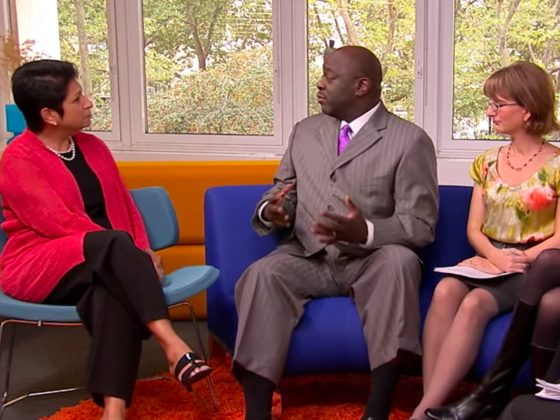
Recognizing Bullying
Learn to recognize the signs of bullying.
Watch the video together, then brainstorm examples you might share with families to help them recognize both bullying behaviors and reporting. You can use examples from your own experience (with names changed), or make some up. Write down your ideas, considering:
- What are some examples of teasing as a part of a typical relationship and what are some examples of teasing as bullying?
- What does it look like when name-calling becomes bullying?
- What is the difference between a child tattling and a child reporting bullying?
It can be more difficult to recognize bullying at young ages, and both parents and children will find it easier to take positive actions when they know exactly what to look for. Remind families that both bullied children and children doing the bullying themselves need help from the adults around them.

Mindful Caregivers
Practicing mindfulness is a great way to slow down and reset.
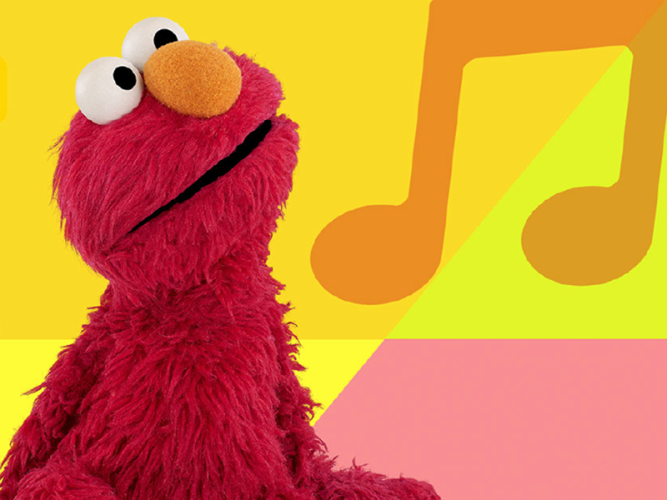
Mindful Monsters: Whole-Body Listening with Elmo
In this podcast, Elmo practices whole-body listening.
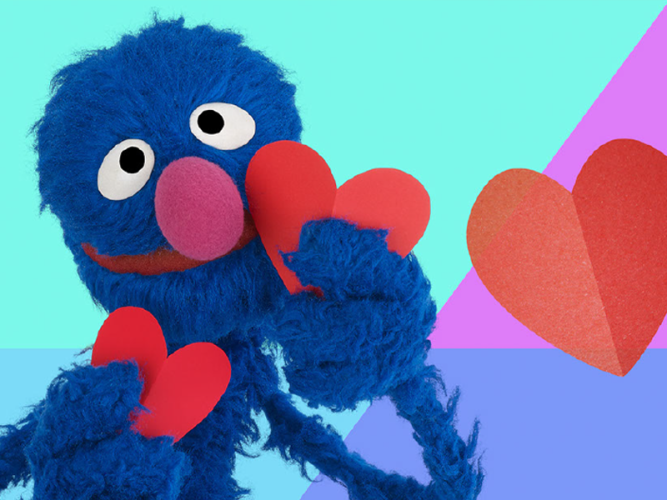
Mindful Monsters: Self-Love Mantras with Grover
In this podcast, Grover shares some mindful mantras.

Mindful Monsters: Look and Notice with Cookie Monster
Cookie Monster helps children practice mindfulness by looking and listening carefully to their surroundings.
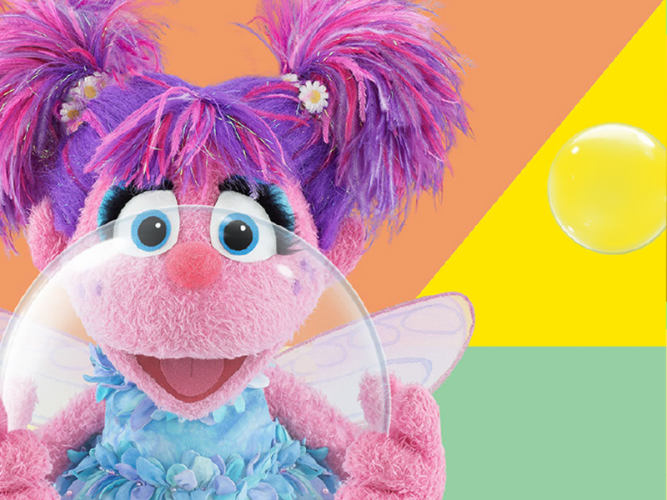
Mindful Monsters: Bubble Breathing with Abby Cadabby
In this podcast, Abby Cadabby guides children through a bubble breathing exercise.
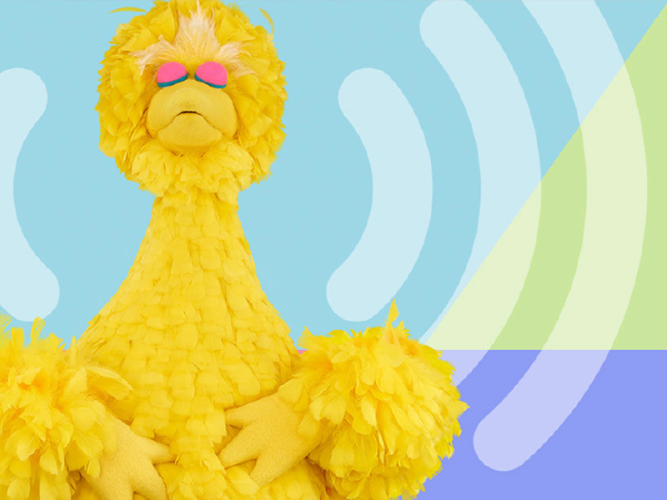
Mindful Monsters: Body Scan with Big Bird
In this podcast, Big Bird guides children through a mindful body scan.
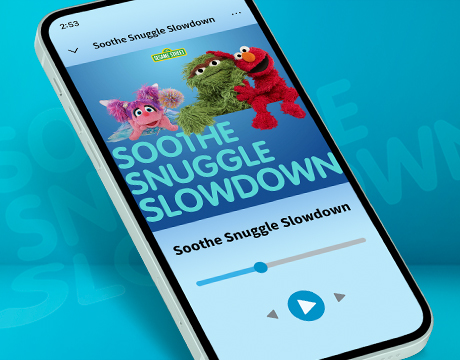
Soothe Snuggle Slowdown: Songs and Strategies for Restful Sleep
This curated playlist helps little ones (and their tired grown-ups) relax and unwind! A mix of mellow tunes sets the mood for naps, bedtime… or just some much needed down time.
